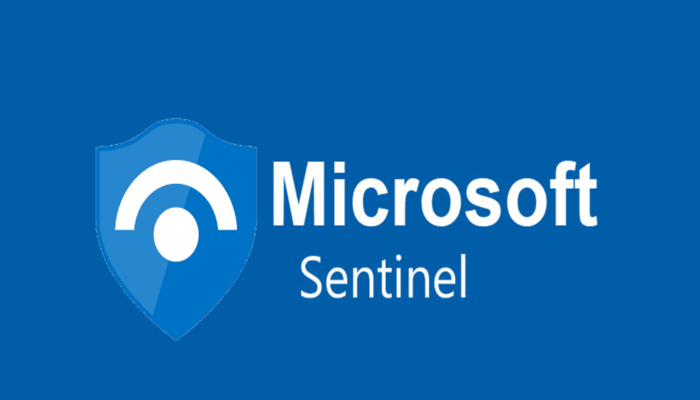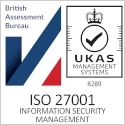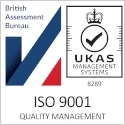15
+
YEARS OF
EXPERIENCE
1000
+
SUCCESSFUL
Projects
80
+
Satisfied
Clients

Securonix to Sentinel SOC Migration: Enhancing Security with a Cloud-Native SIEM
As cybersecurity threats grow more advanced, businesses in Dubai and across the UAE are increasingly migrating from Securonix to Microsoft Sentinel to gain enhanced threat detection, AI-driven automation, and cloud-native scalability. While Securonix is a robust User and Entity Behavior Analytics (UEBA) and SIEM platform, its on-premises and hybrid cloud limitations, complex licensing model, and third-party log storage dependencies can create operational inefficiencies for Security Operations Centers (SOC).
The benefits of Securonix to Sentinel SOC Migration?
Migrating from Securonix to Sentinel SOC (Security Operations Center) offers numerous benefits for organizations looking to enhance their security posture. Sentinel SOC provides advanced security monitoring and real-time threat detection powered by Microsoft’s Azure platform. This migration improves scalability, allowing businesses to handle increased data volumes without compromising performance. Sentinel’s integration with existing Microsoft tools, such as Azure Security Center and Microsoft Defender, simplifies the overall security ecosystem. Additionally, the migration streamlines incident response through automated workflows, reducing manual interventions and response times.
The centralized management and advanced analytics in Sentinel enable more accurate threat detection and faster remediation, ensuring that businesses can proactively manage cyber security risks while improving operational efficiency and reducing costs.







The migration process in 6 steps
- Assessment and Planning
The first step in the Securonix to Sentinel SOC migration process is conducting a thorough assessment of the existing security infrastructure. This includes understanding current workflows, data sources, integrations, and security monitoring needs. A detailed migration plan is developed, focusing on timelines, resource allocation, and potential challenges to ensure minimal disruption to security operations. - Data Integration and Preparation
Before migrating, organizations must prepare their data for integration into Sentinel SOC. This involves mapping the data sources, including logs, alerts, and security telemetry, from Securonix to Sentinel. Ensuring data compatibility and establishing secure data pipelines is crucial for seamless migration without loss of critical information. - Deployment of Microsoft Sentinel
Once the data is ready, Microsoft Sentinel is deployed and configured. The platform is integrated with the existing security infrastructure, ensuring it can collect and analyze data from various sources, such as firewalls, servers, and endpoints. Key components like Microsoft Defender and Azure Security Center are also integrated to provide unified protection. - Migration of Security Use Cases and Alerts
The next step is migrating security use cases, detection rules, and custom alert configurations from Securonix to Sentinel. This ensures that the security operations center can continue monitoring and responding to security incidents with the same effectiveness. Custom playbooks, alert thresholds, and automated workflows are recreated within Sentinel. - Testing and Validation
After migrating configurations, thorough testing is conducted to ensure the integrity and functionality of the new Sentinel SOC setup. This includes validating alert accuracy, testing integrations, and simulating security events to confirm that the system is working as expected. Any necessary adjustments are made to optimize performance and detection accuracy. - Training and Ongoing Optimization
Once the migration is complete, security teams undergo training to familiarize themselves with Sentinel SOC’s interface, features, and capabilities. Ongoing optimization and monitoring are necessary to fine-tune the system and enhance its ability to detect and respond to emerging threats. Regular updates and evaluations help maintain a proactive security posture.
By leveraging Sentinel’s advanced machine learning models and automated playbooks, organizations can minimize manual alert triage, reduce response times, and enhance overall SOC productivity.
Security Operation Center Migrations
Seamlessly migrate your SOC to modern platforms with expert guidance, minimizing downtime and maximizing security efficiency.Exabeam Fusion to Sentinel SOC Migration
Switch from Exabeam Fusion to Sentinel to improve threat detection, automation, and cloud security monitoring.LogRhythm to Sentinel SOC Migration
Upgrade from LogRhythm to Sentinel to leverage cloud-native security, AI-powered analytics, and automation capabilities.
Our Approach to Securonix to Sentinel SOC Migration
The final stage of the Securonix to Sentinel SOC migration includes validating detection rules, fine-tuning automation workflows, and stress-testing incident response capabilities to ensure seamless security operations within Sentinel. Our cybersecurity experts conduct thorough security assessments, refining custom analytics models, real-time threat correlations, and automated response mechanisms to align with industry best practices. After completing the migration, we provide 24/7 SOC monitoring, continuous Sentinel optimization, and ongoing security support to ensure your SOC team remains ahead of evolving cyber threats.
By transitioning from Securonix to Sentinel, businesses gain access to next-gen SIEM capabilities, AI-driven threat intelligence, and a future-ready SOC platform designed to tackle modern security challenges.
Partner with TechCloud IT Services L.L.C. and experience the benefits of Securonix to Sentinel SOC Migration. Contact us today to learn more about our services and how we can help your organization thrive in the digital age.
As a result of increasing number of business expanding to the United Kingdom market we are offering services of Securonix to Sentinel SOC Migration in London

answer time
satisfaction
score
on initial call
same business
day










